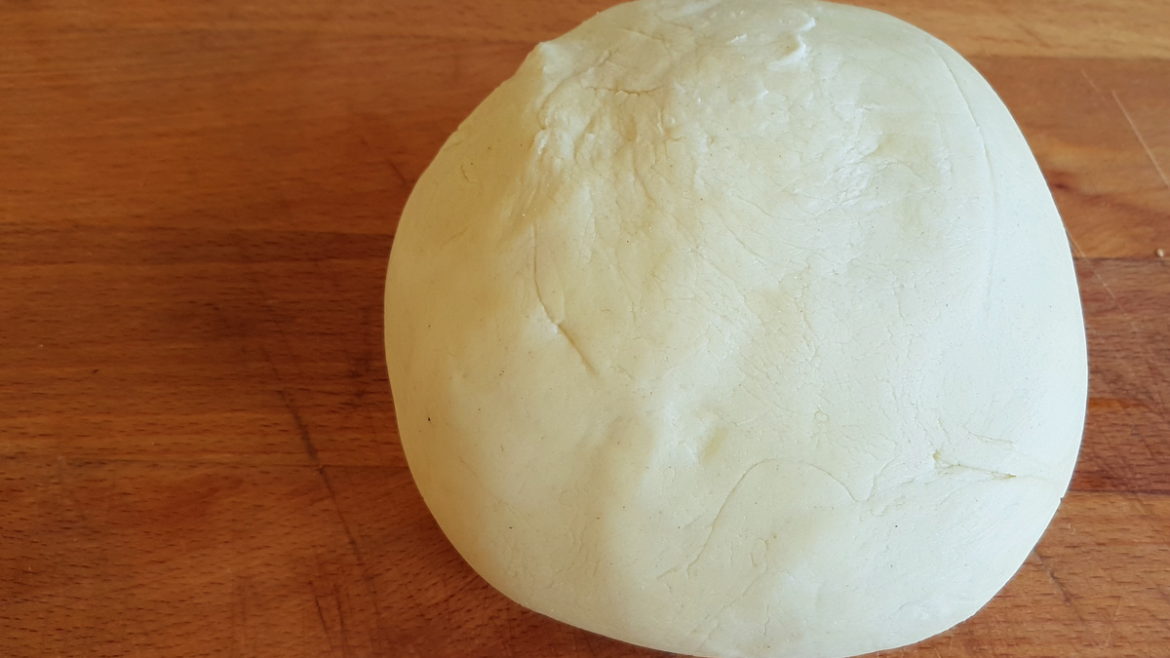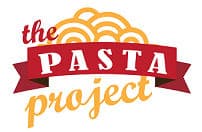
Lagane is a type of rustic fresh pasta typical of the southern Italian regions. It may differ in size depending on the cook and the area, but is usually thicker and wider than tagliatelle but narrower than lasagna. Lagane are particularly popular in the Southern regions of Campania, Basilicata, Calabria and Puglia, where they are traditionally served in soups or pasta dishes with the excellent legumes grown in abundance in these regions, especially chickpeas. However, in Puglia, particularly Salento, they are also sometimes fried in boiling oil until they become swollen and crunchy.

Lagane are believed to be the ancestors of today’s lasagne and the oldest form of pasta. The word lagane, like lasagna or lasagna, comes from ancient Greece where it was used to describe a pasta made of flour and water, which was cooked on a stone and then cut into strips. The Roman Cicero wrote about his passion for the ‘Laganum’ or ‘laganas’ and the Roman poet Horace wrote about a soup with lagana and chickpeas which he ate in his home town, Venosa in Basilicata. Horace’s writings are said to be the first written reference to pasta!

Lagane are usually made by hand in Southern Italy and very few pasta makers produce a dried version. Although I have seen some available online, I couldn’t find it in the supermarkets here in Northern Italy. Since I wanted to make a typical pasta dish from Basilicata, lagane with chickpeas (lagane e ceci) I decided to make this pasta myself!

I’m a bit lazy when it comes to making homemade pasta as here we have such a large choice of good quality dried and fresh pasta. However, I am so glad I made these lagane.

I am sure that the dish would not have turned out quite so tasty had I used a ready-made pasta, plus it gives one such a great sense of achievement to have made everything from scratch including the pasta! Why not give it a try, lagane really are the simplest of pastas to make!





Beverly Hasegawa says
I'm eagerly looking forward to trying this. I live in Japan, however, and semola rimacinata would be hard (and expensive!) to obtain. Could lagana be made with hard wheat flour having a protein content of about 13%?
Thanks so much! I hope to use the lagana in your recipe for Lagane with Chickpeas!
Jacqui says
Hi Beverly, thanks for your comment. Yes you can use other types of hard wheat flour. Semola rimacinata has about 12% protein so I don't think there would be much difference in the pasta you make. Do let me know how it turns out!
Grace Previte magoon says
My family had a pasta company in
Messina My family’s name was
Lagana
My grandfather was Plicado Lagana
How can I research this company
Thank you
Grace Previte
Jacqui says
Hi Grace, thanks for your comment. I researched the pasta company you mentioned and found this one but they don't just make pasta https://www.panificiolagana.it/default.asp
Pam says
What kind of flour do you exactly use for this pasta? "00," semola rimacinata, or coarse semolina? Thank you.
Jacqui says
Hi Pam, thanks for your comment. I made the lagane pasta with semola rimacinata which is the most traditional flour for Southern Italian flour and water pasta. It's finer then semolina because it's milled twice. I'm going to edit this post to say that. It's one of the first homemade pasta posts on my site and I now realize it definitely needs updating!
Fernando Alerts says
Never tried this pasta. Eager to taste it.
Grazie
Pamela Milo says
Wonderful site. I have a question about pronunciation. My grandmother always made lagane e ceci and she pronounced it “LA-ga-na”. I was just watching Lidia. She made a Calabrian dinner and it included lagane e ceci. She pronounced it “la-GA-nay”. What is your thought? Grazie.
Jacqui says
Hi Pamela, I would pronounce it like Lidia, lagane = la-Ga-nay. However, lagane is the plural of lagana, like lasagna is the singular of lasagne. Italians usually refer to pasta in the plural and it's not an uncountable concept in Italian. So, la-ga-na makes sense too!